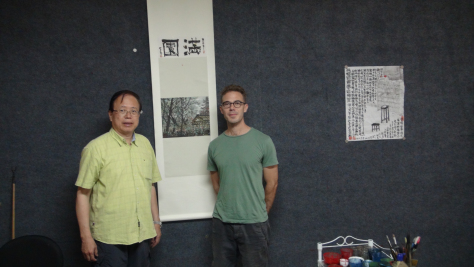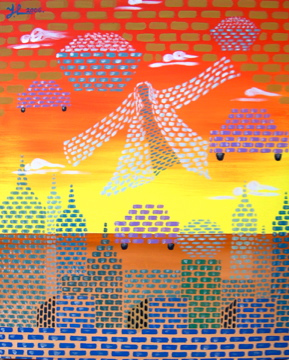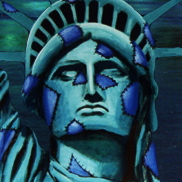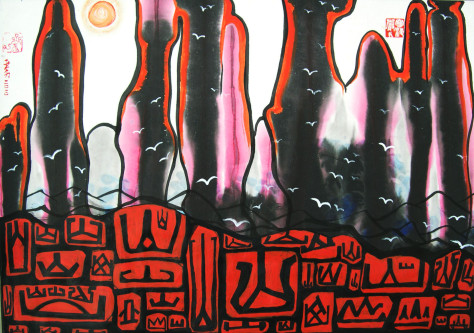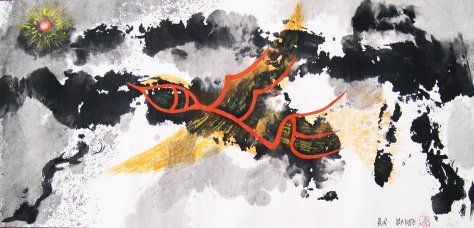Going back through some word-image materials in preparation for revising a chapter on the subject, and returning to the work of Yu Huaiyu 于怀玉, one of the leaders of Shanghai’s poetry circles and, more importantly, originator and principal editor of Shigebao 诗歌报, China’s largest online poetry venue. He is also a visual artist, working in ink paintings.
Yu Huaiyu goes by the name “Xiaoyuer” 小鱼儿 ,or “Little Fish.” Somehow the nickname meets the man and the art 1/2 way, even if there’s nothing in fact in his name save homophony that suggests water bound creatures. His poetry and his visual work share a kind of cleverness, breezy, fresh, and often amusing. “Today I entered a Chat Room” is a case in point. My translation follows below, but preceded by two Yu’s ink paintings.
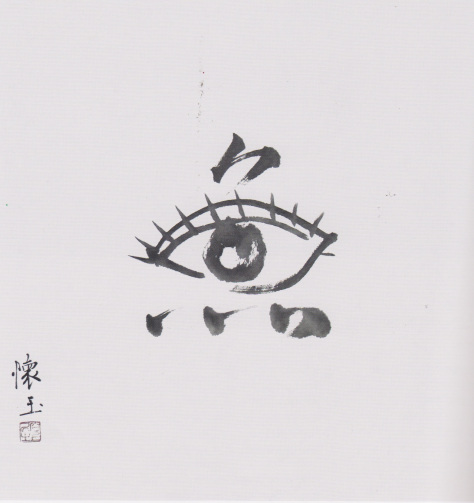
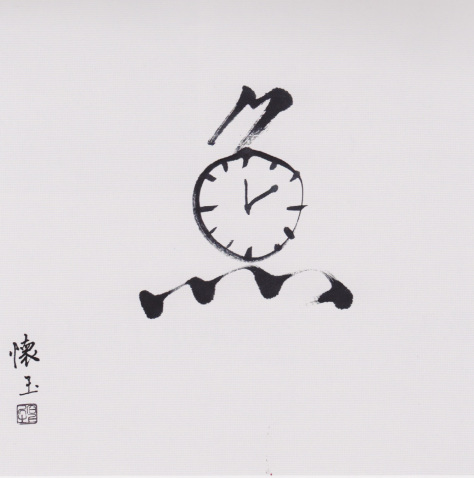

This morning I entered a chat room
Where I found two people
Me, Little Fish
And another guy called Everybody Else
I greeted Everybody Else
But he didn’t respond
So I left
Come afternoon, I went back to the chat room
And that Everybody Else was still there
I didn’t say a thing to him
and just left
Before getting off work
I went back to the chat room
and said to Everybody Else
Hey, old friend
Isn’t it about time you left?
今天进了聊天室
今天我进了聊天室
上午我进了聊天室
里面有两个人
一个是我小鱼儿
一个叫所有人
我向所有人打了个招呼
他没有理我
我 就走了
下午 我又进了聊天室
那个叫所有人的家伙
还在 那里
我没有跟他打招呼
就 走了
下班前
我又来了聊天室
对那个叫所有人的家伙说
喂 老兄
你也该走了
0.000000
0.000000

